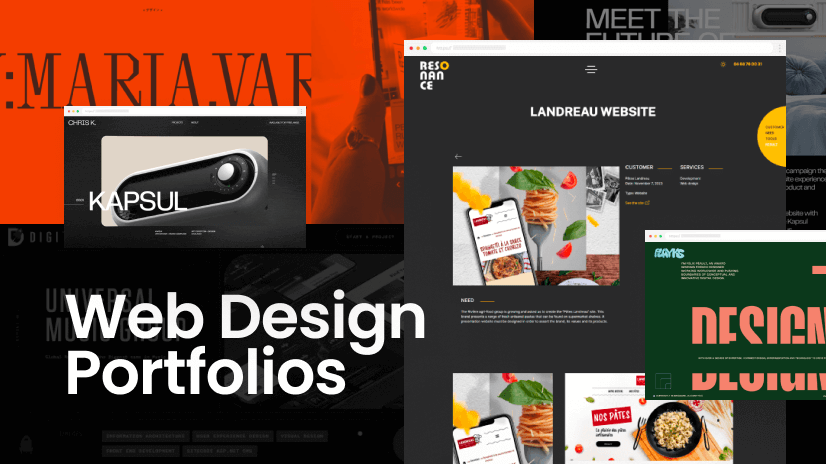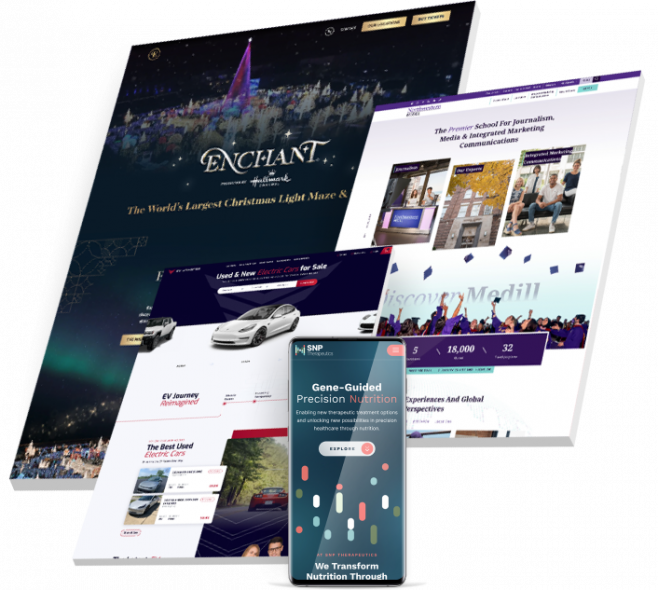Change Your Brand with Cutting-Edge Website Design Methods
Change Your Brand with Cutting-Edge Website Design Methods
Blog Article
Key Techniques for Implementing User-Centric Web Site Style to Increase Interaction
When taking into consideration the execution of user-centric internet site style, specific techniques are critical in increasing engagement. Comprehensive study right into individual demands and preferences creates the foundation, guiding the production of individual personalities to inform style options. Personalizing content improves individual satisfaction, and robust availability features broaden reach.
Comprehending Customer Requirements
Recognizing user needs is a fundamental action in the process of user-centric website design. This strategy makes certain that the site straightens with the assumptions and demands of its target audience, inevitably leading to enhanced individual satisfaction and involvement. The initial phase involves conducting extensive research study to collect insights into customer actions, preferences, and discomfort points. Techniques such as surveys, interviews, and user screening can give valuable qualitative and quantitative data about exactly how users interact with the website.
Examining this information enables developers to create in-depth customer characters that represent the different sectors of the target market. These identities assist notify design decisions by highlighting details individual objectives and challenges, guiding the development of functions that address these requirements properly. Understanding the context in which customers operate-- such as their atmosphere, gadget choices, and time constraints-- can even more fine-tune the design strategy.
Compassion plays a vital duty in this process, enabling designers to see the web site from the individual's viewpoint. By focusing on individual demands, the design procedure comes to be extra concentrated, preventing the incorporation of unnecessary aspects that might clutter the customer experience. Eventually, a deep understanding of individual needs contributes in crafting an internet site that is both useful and meaningful.
Creating User-friendly Navigating
Having actually established a detailed understanding of customer demands, the next action in user-centric internet site style includes producing user-friendly navigation. Reliable navigating is basic to user satisfaction, influencing just how quickly users can locate information and total tasks. To attain intuitive navigating, designers must prioritize simplicity and clearness, making sure that the navigation structure is logical and regular throughout the site.
Organizing content right into a clear pecking order is crucial. Website Design. The use of acquainted tags and symbols can direct users effortlessly, reducing cognitive lots and improving the general individual experience. A well-designed navigation bar must be plainly put, allowing customers to recognize their current place and conveniently explore other sections of the web site
It is additionally crucial to include interactive aspects such as breadcrumbs and search capabilities to aid customers in browsing complicated websites. These attributes give extra paths and boost the availability of content, satisfying numerous individual choices and actions.
Examining navigation with actual users is important to determine prospective pain points and make sure functionality lines up with user assumptions. Routine feedback loops and iterative enhancements can assist maintain an effective navigation system that adjusts to advancing user requirements, inevitably improving interaction and complete satisfaction.
Producing Receptive Interfaces
Inevitably, creating responsive user interfaces is a critical element of modern website design, making sure that sites are functional and obtainable throughout a wide variety of devices and display sizes (Website Design). This versatility is important in a landscape where individuals gain access to web content via smart devices, tablets, laptop computers, and desktop computers, each with differing resolutions and orientations. The main objective of responsive layout is to boost individual experience by preserving optimum readability and functionality, no matter the tool utilized
To accomplish this, web developers use flexible grid layouts, liquid pictures, and CSS media queries. Flexible grids permit website components to resize proportionally, while liquid photos ensure visuals range appropriately without shedding top quality. Media inquiries play an essential duty by using various designs based upon the device's attributes, such as size, elevation, and alignment, therefore tailoring the design to the customer's screen.
Additionally, responsive user interfaces add to improved search engine optimization (SEARCH ENGINE OPTIMIZATION) by providing a smooth user experience, which subsequently can reduce bounce prices and increase website involvement. In recap, taking on receptive layout is not merely a technological consideration but a vital method for fostering a user-centric web setting that satisfies the demands of a varied audience.

Personalizing Material Experience
Customizing material experience is an essential part of user-centric web site style that involves customizing material to fulfill the distinct choices and behaviors of specific customers. This technique not only enhances individual complete satisfaction however additionally fosters deeper engagement, as site visitors are more probable to interact with content that resonates with their needs and passions. By leveraging data linked here analytics and customer responses, services can determine patterns and fads that educate the customization of web material.
Incorporating customization techniques can vary from simple changes, such as suggesting items based upon searching background, to much more innovative techniques like vibrant material that adjusts in real-time to a user's interactions. Customized landing web pages can considerably boost conversion prices by providing users with appropriate info and provides that align with their previous activities and choices.
In addition, utilizing fabricated intelligence and maker understanding can better fine-tune content personalization by continuously gaining from individual actions and adapting to emerging fads. This not only enhances the user's trip but additionally develops brand name commitment, as clients really feel understood and valued. Inevitably, customizing the web content experience is a necessary technique for businesses Go Here intending to create a much more engaging and purposeful interaction with their audience.
Enhancing Access Features
Enhancing availability features is a fundamental facet of user-centric site layout, making sure that electronic content is usable by everyone, consisting of people with specials needs. This method not only follows lawful requirements such as the Americans with Disabilities Act (ADA) and the Web Material Ease Of Access Standards (WCAG) however additionally considerably widens a website's target market reach. By incorporating attributes like key-board navigation, screen viewers compatibility, and alternative text for photos, internet sites end up being a lot more inclusive, giving a seamless experience for customers with aesthetic, acoustic, or motor problems.
Incorporating receptive design elements is vital, facilitating gain access to pop over here on various tools and screen sizes, thereby accommodating customers with different choices and needs. Furthermore, comparison ratios and message size modifications can enhance readability for individuals with visual obstacles. Providing succinct and clear material structure, such as checklists and headings, aids understanding and navigating, specifically for individuals with cognitive specials needs.
Routine ease of access audits should be performed to identify and fix prospective obstacles, ensuring continued conformity and functionality. By focusing on accessibility, organizations not only foster inclusivity but also boost total individual involvement and satisfaction, inevitably driving higher conversion prices and reinforcing brand loyalty.

Conclusion
Incorporating user-centric layout approaches considerably boosts site interaction by prioritizing the needs and choices of users. Comprehensive research promotes the development of user characters, assisting targeted layout decisions.
Complete research study into user needs and choices forms the foundation, directing the production of individual identities to notify layout selections. Strategies such as studies, interviews, and individual screening can provide important qualitative and measurable data about just how customers connect with the internet site.
By prioritizing user needs, the style procedure ends up being much more focused, stopping the incorporation of unneeded aspects that might clutter the user experience. Efficient navigating is basic to individual satisfaction, influencing exactly how quickly individuals can locate details and full tasks. The usage of acquainted tags and icons can assist users effortlessly, reducing cognitive lots and boosting the total user experience.
Report this page